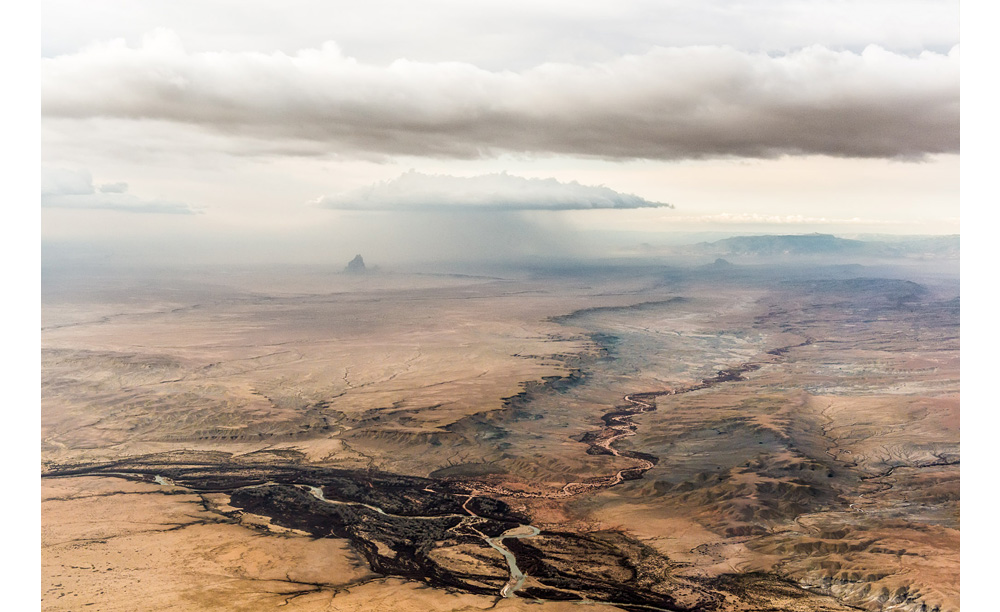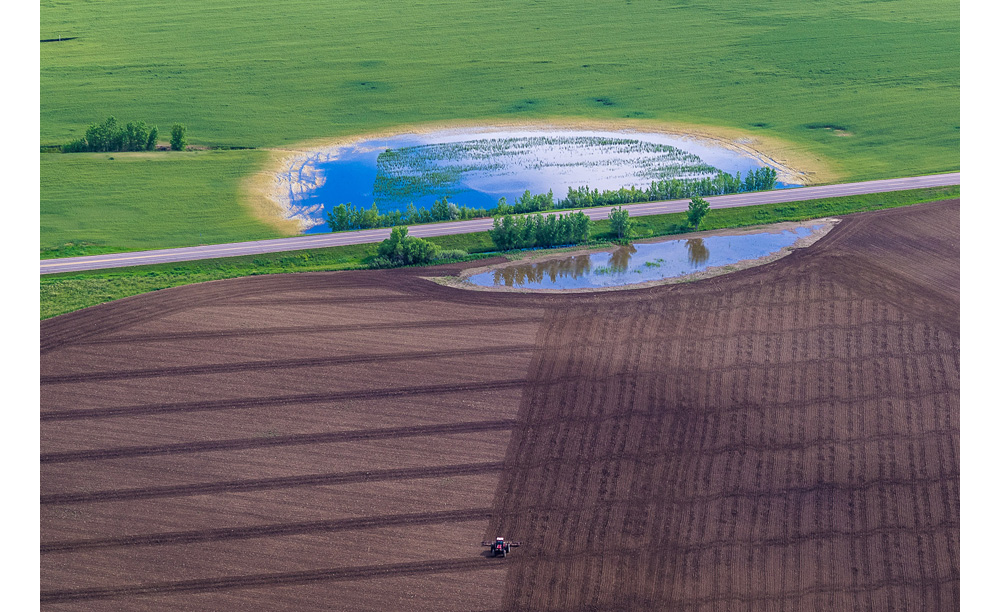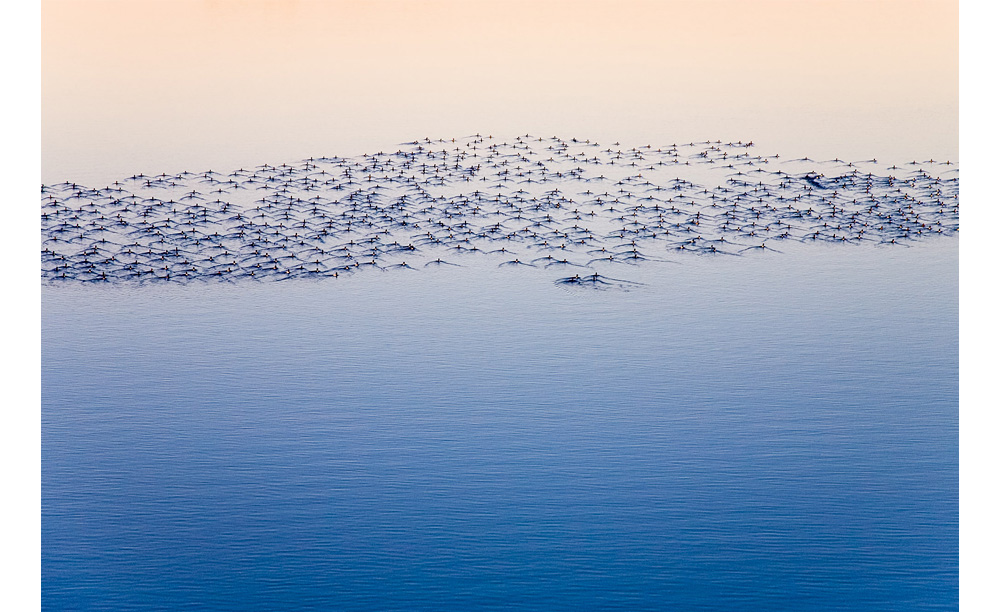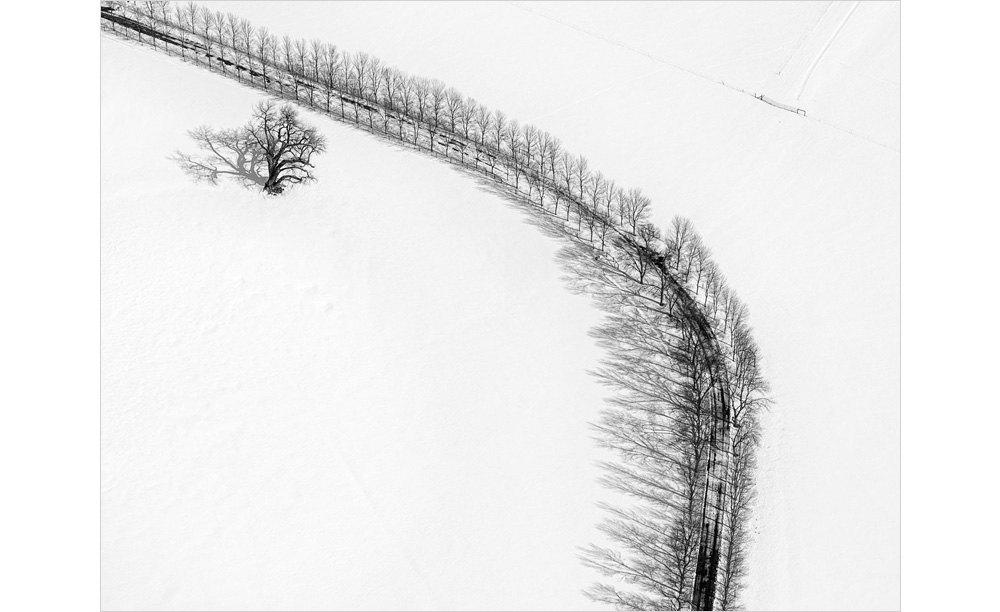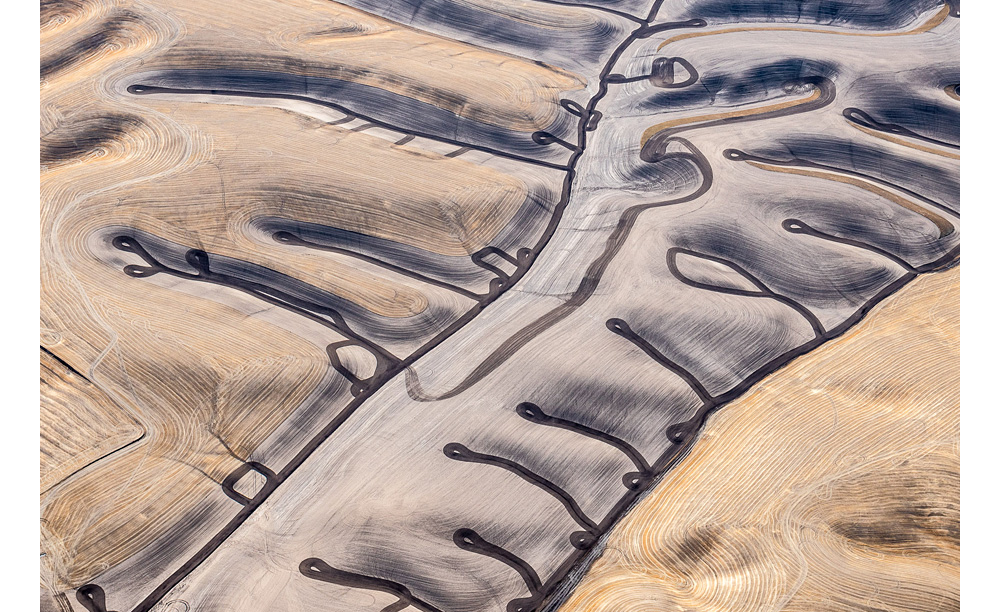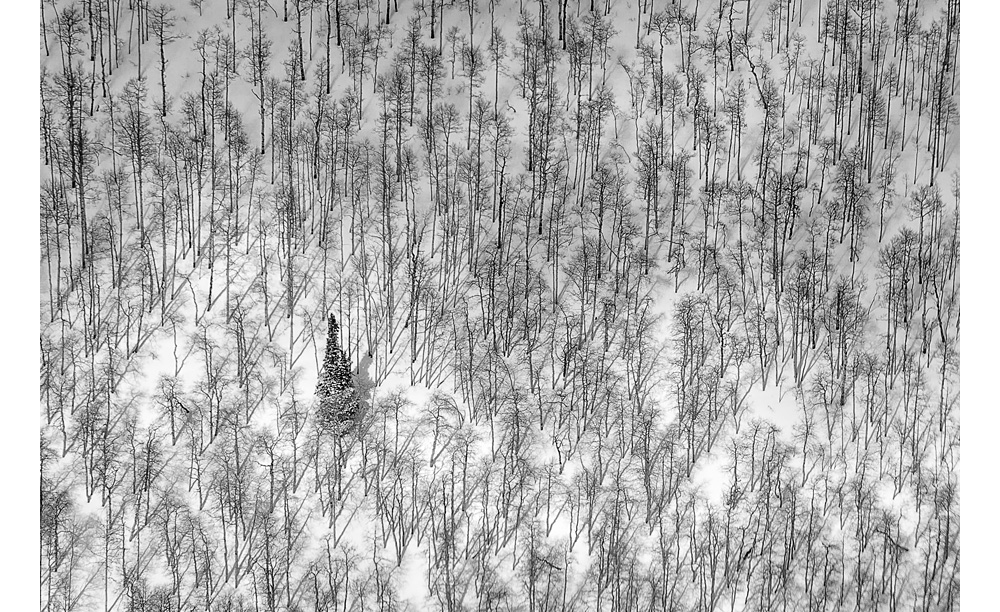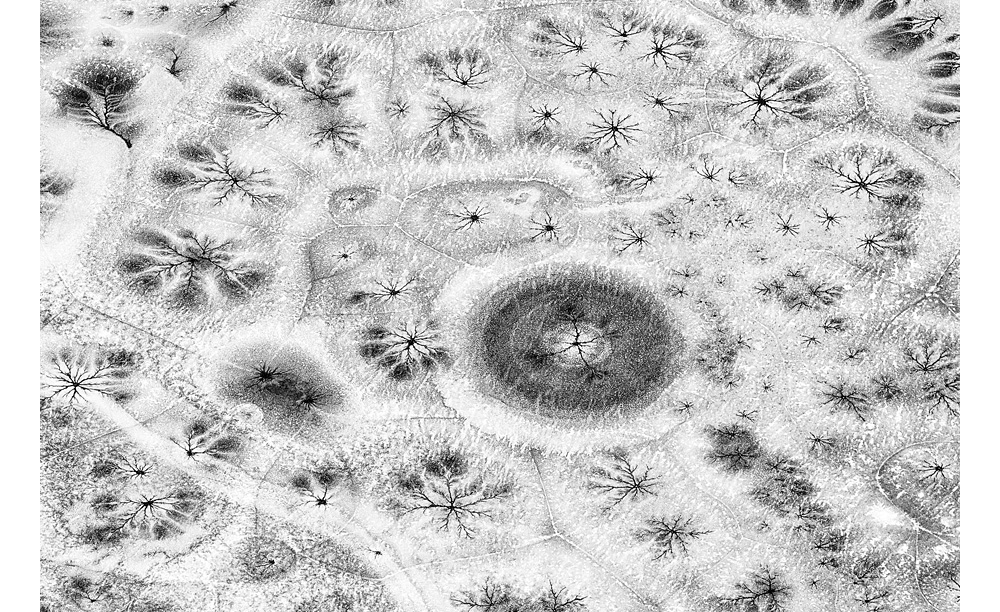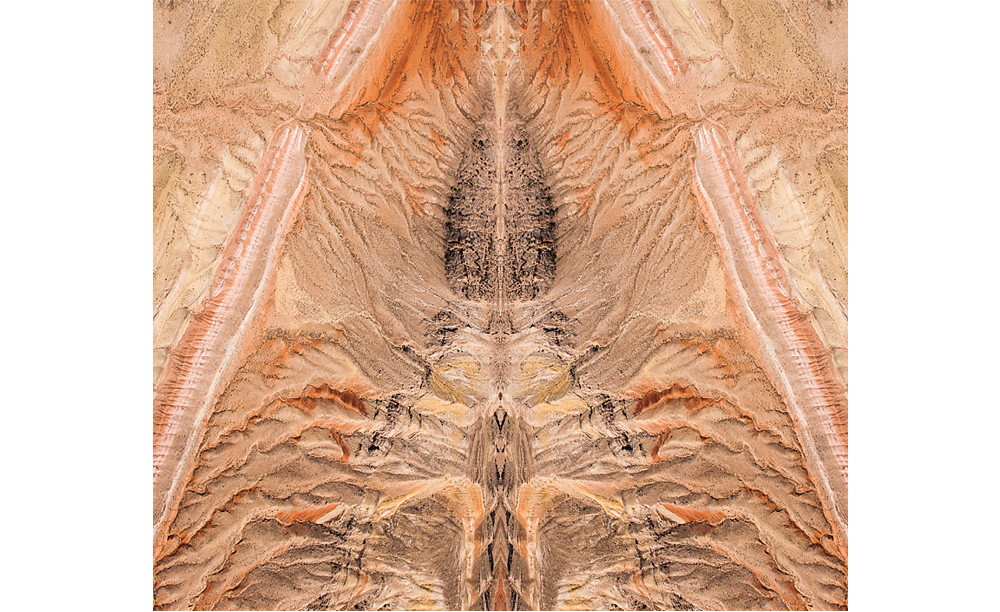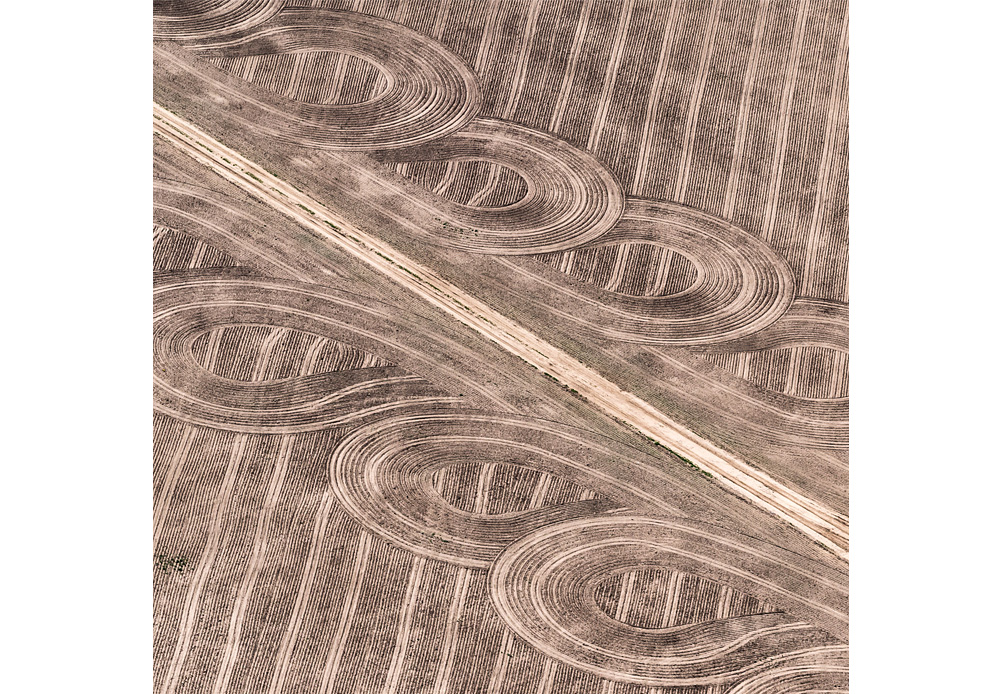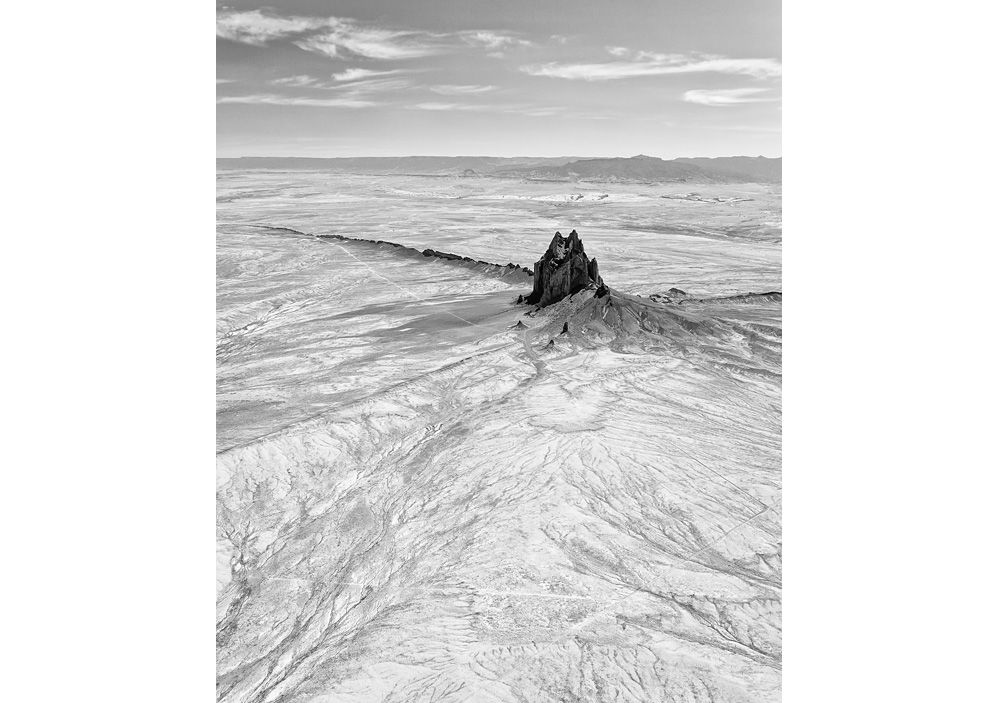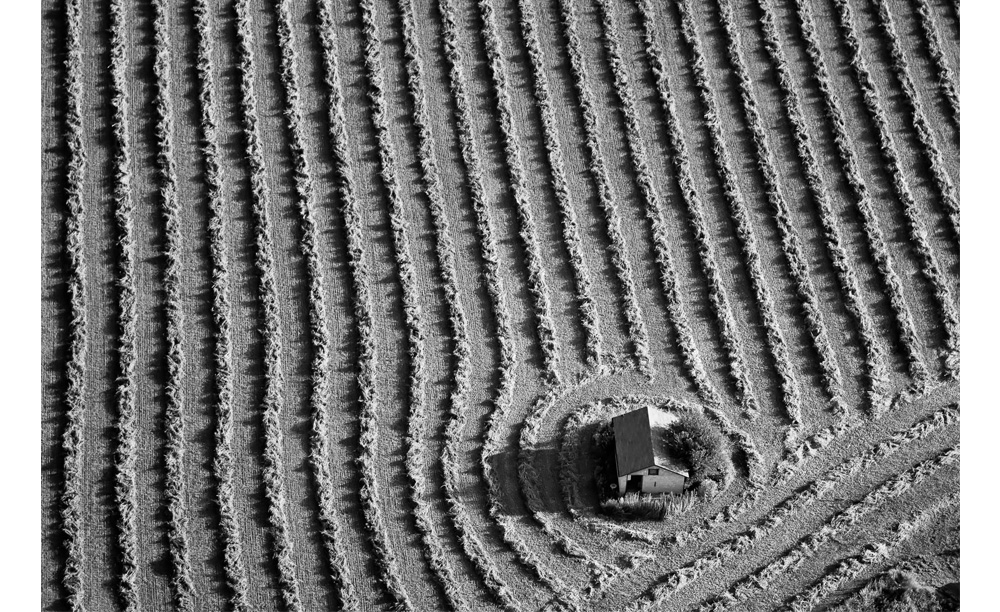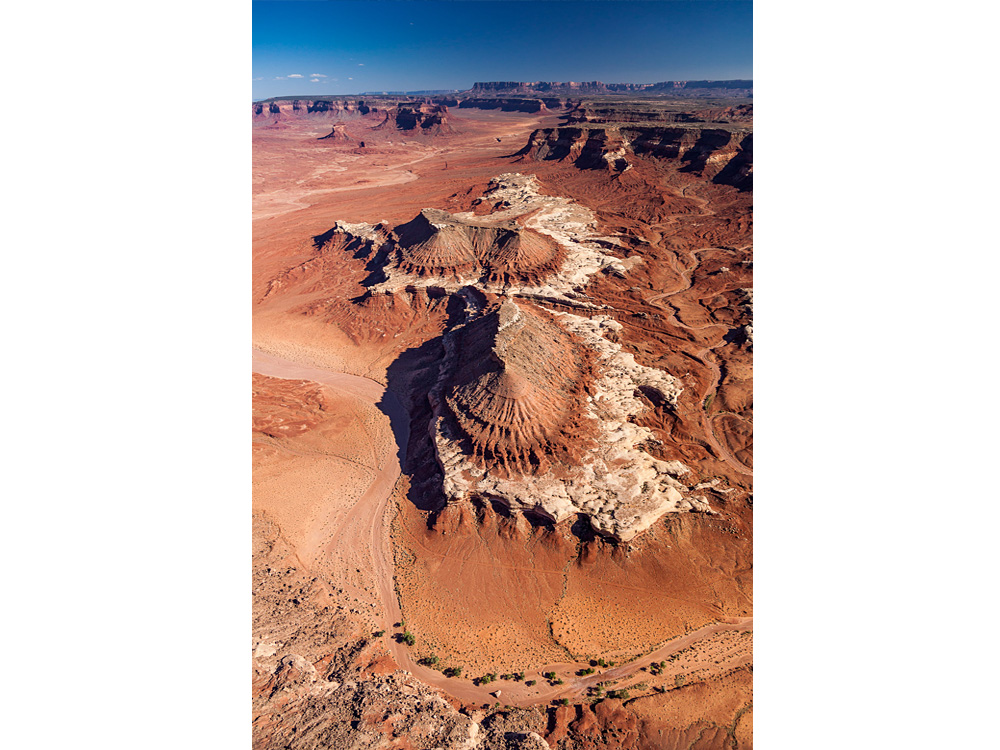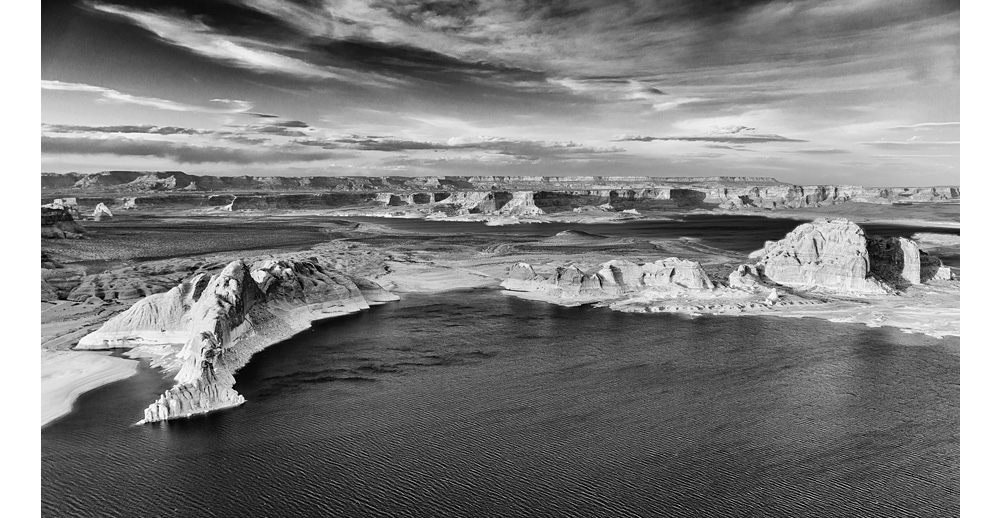Steve Zimmermann Interview
VSonoma: Welcome Steve, and will you tell us a little about your show at VSonoma Gallery.
Steve Zimmermann: I titled this show “The Aerial Perspective”. As a photographer I’m energized by the way a few hundred feet of altitude changes
everything about one’s experience of the landscape. As a lifelong pilot, I have a deep affinity for the sky, but as a photographer it’s the landforms and the built environment unrolling beneath me that are a never-ending source of fascination and inspiration.
VSonoma: How did you initially get interested in Photography?
Steve Zimmermann: When I was perhaps seven or eight years old, my grandmother handed me a Brownie box camera, and the rest is history. Well, maybe it’s not quite that simple. I remember my father wrangling an old Hasselblad; I can still hear in my mind the sound of that shutter firing, and the sounds the camera made as he wound the film. My mother would shoot with it, too; she was a fine, instinctual photographer. In junior high Dad built a darkroom in the pantry off our kitchen at home and taught me to develop and print my own stuff.
True story: as a wind player in my high school band, I was required to participate in marching band as well as concert band, but I disliked the marching and the silly uniforms so I joined the school newspaper as a photographer and told the band director that I had to shoot the football games, and couldn’t march any more. He bought my story; or at least he excused me from marching band.
The other side of aerial photography is the flying and, again, my parents gave me the gift of flight at an early age. They were both licensed pilots before I was born—my mother took her flying lessons while she was pregnant with me—so I literally grew up in and around airplanes. I soloed at 16, and started earning the ratings that eventually led me to owning a glider flight school in Boulder, Colorado, in the late 1970’s and 80’s.
VSonoma: ...and when did you get serious about it?
Steve Zimmermann: I dabbled with photography through college, but pretty much put down the camera while I went to grad school, built an engineering career, married and started a family. I had a Nikon F through the two decades my kids were growing up, but didn’t do much with it except to take family snapshots. Then, in 1999, I saw my first digital camera when a client brought one into the office one day; I saw the potential advantages of digital imaging immediately. A few months later I bought my first digital camera, an Olympus D-460 point-and-shoot of 1-megapixel (!). Then, an image I shot with that camera and submitted to one of the many on-line contests won me my next camera, a 3-megapixel Olympus C-3030. Digital imaging technology was advancing so rapidly, I traded up every year or two: C-5050, C-8080, Canon EOS 5D, 5DII, 5DIII, Nikon D800, D810, etc.
In 2005 I left the high-tech rat race and started shooting full-time, opening a studio and doing a lot of aerial, performance and travel photography. A bad case of chronic gear acquisition disease has plagued me to this today: I now shoot a variety of full-frame DSLRs and professional lenses, though I’m experimenting with Micro FourThirds mirrorless cameras, as well. And I recently shot a trip to Sicily and the Aeolian Islands carrying only an Olympus Stylus 1s, an enthusiast’s point-and-shoot, with its 23-300mm Zeiss fixed lens (f/2.8 end-to-end), full manual controls, and RAW mode. When you want to travel light, it is a good, all-around camera.
VSonoma: What are your favorite subjects or area(s) of interest?
Steve Zimmermann: When people learn I’m a photographer they ask me, “What do you shoot?” I always say, “Anything but weddings!” and I’m only half joking: I’m totally in love with the still image and have a generalist’s interest in making compelling images from whatever happens to be in front of me. But I don’t do weddings, and I have done a great deal of aerial photography, much of it semi-abstract. But then, I love everything about airplanes, flying and photography, especially the incredibly demanding field of air-to-air photography, where you have to orchestrate multiple aircraft and their pilots with a watchful eye for safety and weather and light: with so many moving parts, it’s both very challenging and very rewarding.
I also love studio portraiture and art nudes, and travel photography and shooting sailboat racing. Minimalist photography is a relatively recent interest, though it’s a natural outgrowth of my aerial semi-abstracts. I’ve also developed a technique I call “time-displaced stereography”, where I use a single camera and create three-dimensional stereo pairs by capturing two images in succession from slightly different vantage points. They’re a lot of fun and I like to ‘Wow!’ people by handing them 3-D glasses and showing them stereo images on a giant, 4K stereo display.
VSonoma: Please tell us a little about your style and process...
Steve Zimmermann: My style is naturalistic: I like to work with natural light and my editing workflow is designed to bring me results that evoke in my viewers what I experienced in the field. Ninety percent of my editing work is in Adobe Photoshop Lightroom; these days I only take an image into Photoshop when I need to work with layers and masks.
VSonoma: Can you talk specifically about how you capture your aerial images?
Steve Zimmermann: Sure. My current airplane is a side-by-side two-seater with a high wing, the sleek Pipistrel Virus SWiS. It’s reasonably fast and very economical to operate, and has two shooting windows, one on each side of the cabin. I can slide open either window from the left seat (did I mention it’s a small airplane?). In fine weather I can also remove one or both doors and leave them behind, which makes photography easier though it creates a very noisy, drafty cabin and reduces my cruising speed significantly. As an experienced pilot I have no problem both flying the airplane and photographing at the same time. Bringing another pilot/photographer along, to do the flying and to follow my instructions and put me where I need to be, would be ideal; but that hypothetical person is hard to find. And, besides, they would want to be shooting, too! Most of my photos are taken from relatively low altitudes: 800’-1000’ above the ground is about right for the overhead, semi-abstract images I favor.
VSonoma: Do you cite any other photographers, past or present, as mentors or as having a special influence on your work??
Steve Zimmermann: I’m largely self-taught. I didn’t go to art school: I’m an engineer by training. I was of course aware of the work of some leading lights of 20th Century photography as I gained experience, but I made no special study. I’ll tip my hat to
Alfred Steiglitz, Dorothea Lange, Henri Cartier-Bresson, Ansel Adams, Irving Penn, Eliot Porter, Jay Maisel, Yousuf Karsh, and no doubt a few others whose names escape me at the moment. The work of contemporary aerial photographers
James Wark, Yann Arthus-Bertrand and
George Steinmetz has amply repaid my close study.
VSonoma: Where do you see yourself 5 years down the road?
Steve Zimmermann: Now that I’m fully retired I can indulge myself and concentrate on the things that really bring me joy: travel, music, aerial landscapes, and air-to-air photography. I hope my knees hold up!
VSonoma: Last question...and somewhat off the cuff. If you could choose a location for your own private photographic ‘Zen retreat’ complete with a modest living arrangement, where would it be?
Steve Zimmermann: I’m a big fan of New Zealand’s South Island. My wife and I have made three trips to New Zealand and are planning a fourth. The South Island is relatively compact and packs incredibly diverse landforms, climate zones and vegetation into an area where from a central location you can in one day drive anywhere on the island that’s reachable by road. So, to answer your question, there’s a small, two-room shepherd’s cottage I know of on the Banks Peninsula outside Christchurch…
But in the meantime, our home here in Colorado isn’t too shabby, the deserts and mountains of the American Southwest beckon, and the flying weather is almost always good.
VSonoma: Thanks for this interview Steve. Inspiring work and process!
Steve Zimmermann is a retired engineer living in Broomfield, Colorado with his wife, Marcia and their yellow Labrador, Lola. The bulk of his engineering career was spent designing and building medical devices, both diagnostic devices such as high-speed immunoassay and hematology testing machines for use in reference labs, and therapeutic devices like infusion pumps and respiratory therapy delivery systems. Steve turned to photography full time after retiring from high tech in 2005. A lifelong pilot, Steve currently owns and flies a Slovenian Pipistrel Virus SWiS.
For more on the photography of Steve Zimmermann visit www.stevezphoto.us/
All images © Steve Zimmermann



